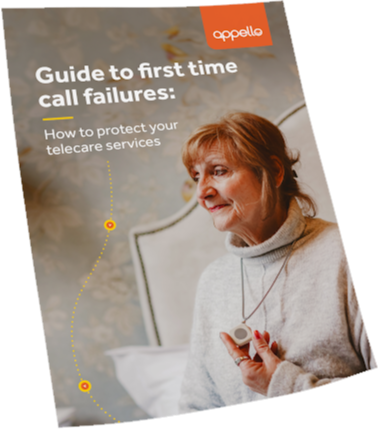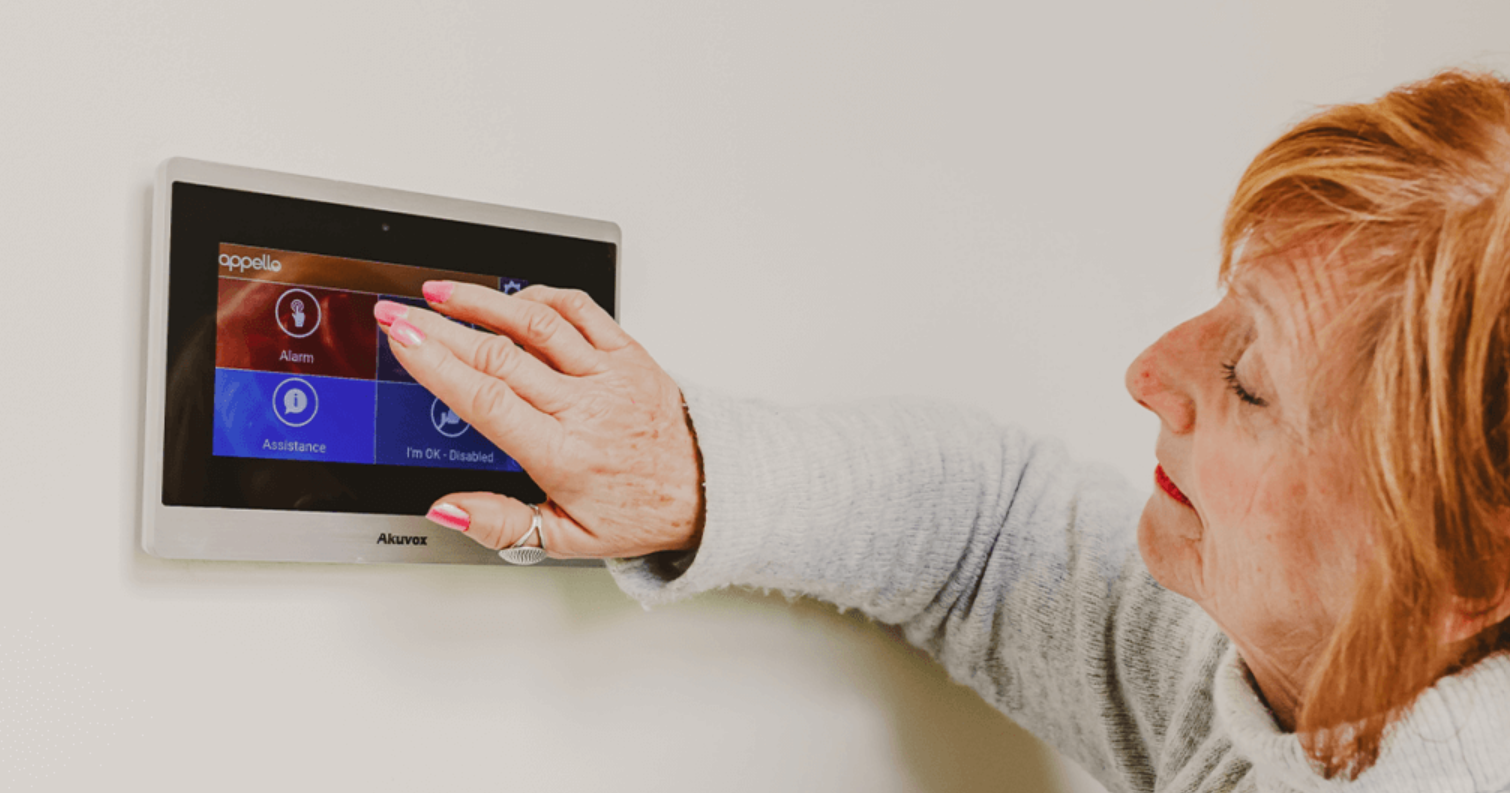How to move from analogue to digital warden call telecare systems.
The move to digital warden call and telecare is a requirement for housing and care providers due to the ongoing digital upgrade of the UK telecoms network. Through this blog you will learn what defines a digital warden call system, how it differs from analogue and the consideration for upgrading too digital.
This will ensure that the journey to digital is seamless, cost effective, causes minimal disruption and enables you to deliver your longer-term plans for technology in supported, specialist, retirement housing and care. Let’s begin…
What is a warden call system?
A warden call system enables call functionality between residents, onsite staff and often an offsite emergency response centre. These systems are designed predominantly for use within a supported, specialist or retirement living communal property.
A warden call system provides residents with a means to raise an alarm in the event of an emergency and receive the required emergency support. These are often integrated with other functionality within the housing property, such as a door entry system to support independent living or a range of telecare sensors for specific incidents such as a fire or flood.
A brief history of warden call
There is no conclusive answer to when warden call and telecare first started to be used in the UK, although it is widely thought that it’s usage in a similar form as today dates back to the 1960’s.
These services as we know them today, are often connected to a monitoring centre, whereby an operator will support in the case of an emergency. The first 24 hour social alarm monitoring centre is thought to have opened in the late 1970’s and not long after in 1985, Appello took our first call in our monitoring centre in New Milton, Hampshire.
The connection between the warden call equipment in the property and the monitoring centre is a critical element in the service and helps define the different periods warden call technology. This connection throughout the 80’s, 90’s and beyond has taken place over the Public Switched Telephone Network (PSTN), this is regarded as an analogue network and therefore the protocols used to communicate in the equipment have also been analogue.
What is digital warden call and telecare?
In about 2012, BT announced their initial plans to implement a digital telecoms network that utilsied the growing broadband network, and all other telecom providers followed. As a result, this would mean the end for the PSTN network, which is due to be decommissioned in 2025.
For telecare and warden call services this would mean that the equipment using analogue protocols designed for the PSTN network would become unreliable. As a result, this was the start of a new era of telecare, a digital era.
The first digital warden call system in the UK, was installed in June 2016 by Appello. Known as Smart Living Solutions this has grown to become the widest deployed digital iteration of telecare with over 25,000 individuals across the UK using the system daily, and over millions of digital calls connecting to monitoring centers.
These systems communicate via the broadband network, and it is recommended they use the ratified digital alarm protocol for hardwired warden call systems, which is known as NOWIP, whereby IP stands for Internet Protocol.
As with many industries that have moved to digital, this has brought about a significant change in the possibilities. Warden call systems are no longer limited to just voice calling but can enables an abundance of other features such as video communication, meeting the changing expectations of today’s society.
Key considerations when starting your digital journey
When you decide to make the investment to move to digital, you want to be confident you are making the right decisions and choices. However, the sheer scope of digital can make the practicalities of the transition seem challenging.
Once you have the green light to go ahead with a digital telecare project, it is important to ask the right questions. We have outlined some of these below, which you can learn more about in the guide, Managing the Transition to Digital Telecare: How to plan and procure the right digital solution.
- What will the project cover?
- What systems and equipment do you have currently?
- Do you know your budget?
- Have you identified your highest risk equipment?
- Who will take ownership of the project?
- What are your objectives and what do you want to achieve with digital telecare?
- Who are your stakeholders?
- How imperative is compliance with British Standards?
- How important is access to data, and how do you plan to utilise this in your organisation?
- What are your security requirements for data and how will these be managed?
- What protocols do you want to use and what are the requirements of your existing monitoring centre?
- How will you manage the maintenance of your equipment?
- Do you require evidence of supplier’s credentials?
- How will any digital equipment enable you to meet your future goals?
Conclusion
In summary, the move to digital is a well-trodden path, thousands of people are already using these services and have been for many years. Furthermore, millions of digital calls have already been successfully received by monitoring centres.
It is a path that needs consideration though, as warden call suppliers have differing offerings, so you need to be clear on your requirements today and your aspirations for the future.
Learn more about the digital warden call and telecare services such as Smart Living Solutions and SmartConnect, and our digital dispersed alarm SmartLife.
You can find more details on the issue of first time call failures in our latest guide, which is available to download now

Talk to us to discuss your requirements and find out about our cost-effective and future proof digital solutions.

.png?width=700&name=Blog%20Thumbnails%20(2).png)

